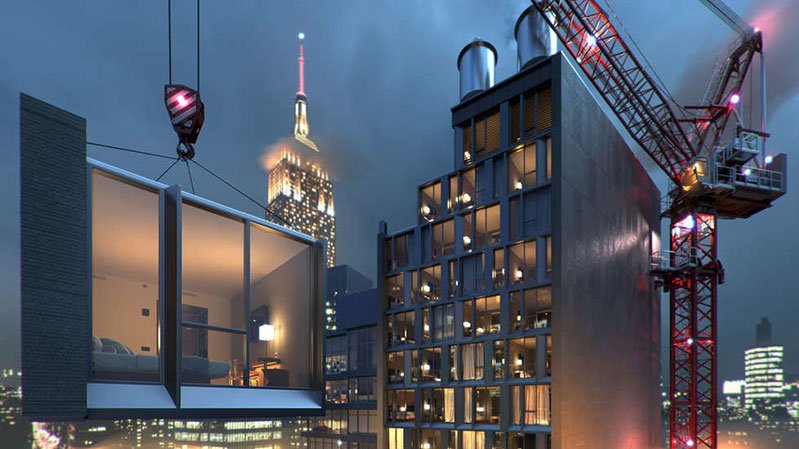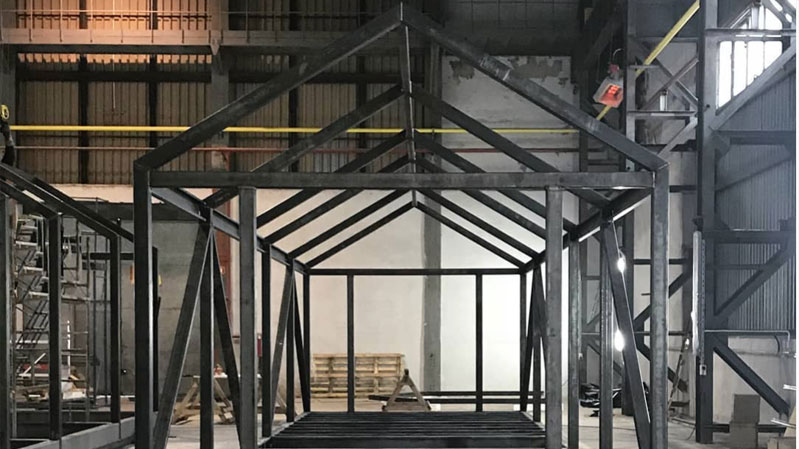Масштаби модульного будівництва
Ми вже прекрасно знаємо, що таке модульний будинок та модульна технологія будівництва, і знаємо, що ці будинки нічим не відрізняються від звичайних класичних будинків. В попередніх статтях ми розповіли про переваги та недоліки різних технологій, каркасів будівель і т.д. Тож, якщо це абсолютно повноцінна технологія та повноцінні конструкції, то чи можливо будувати за цією технологією багатоповерхівки?
Відповідь очевидна: МОЖЛИВО!

І не тільки можливо! Вже давно ця технологія використовується для великого будівництва по всьому світу. Заводи, виробники модульних конструкцій, продають свої багатоповерхівки як готову продукцію девелоперам та монтують модульні хмарочоси.
Декілька років тому польська компанія, виробник модульних будинків, реалізувала один цікавий проект: готель у Нью Йорку, на Манхеттені, 6-а Авеню, 842. Замовником була всесвітня мережа готелей Marriott.
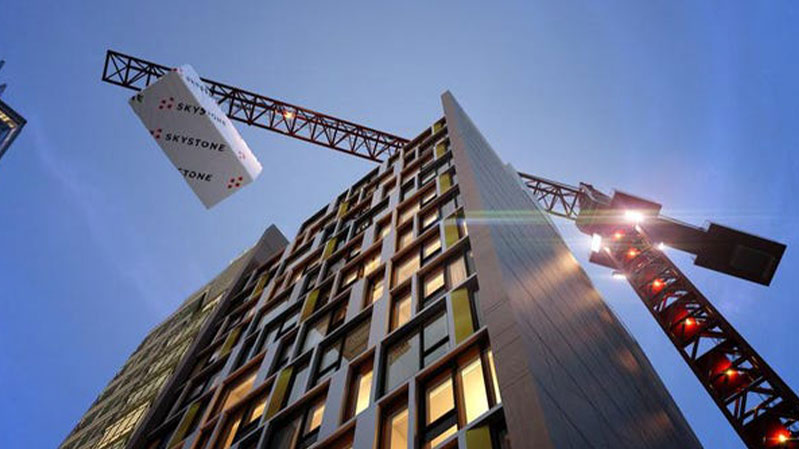
Наразі іде будівництво за модульною технологією у Лондоні, будівля складається із двох башен 44 і 38 поверхів. Загальна кількість модулів – 1 500 шт.
У Сінгапурі в 2023 році завершиться будівництво найвищого будинку побудованого за модульною технологією висотою 192 м, буде використано 3 000 модулів.

Коментарі замовників та девелоперів одностайні: ми заощадили багату часу, а час – це гроші. Завдяки виконанню багатьох процесів паралельно, завдяки локалізації всіх спеціалістів та інженерів на одному виробництві, досягається максимальний ефект у швидкості та якості виробництва. А завдяки стислим термінам, суттєво знижується і собівартість таких будинків, за рахунок заощадження вартості адміністративних та загальновиробничих витрат. Будинок виробляється у два рази швидше, відповідно утримання виробництва набагато дешевше ніж утримання будівельної компанії з будівельним майданчиком.
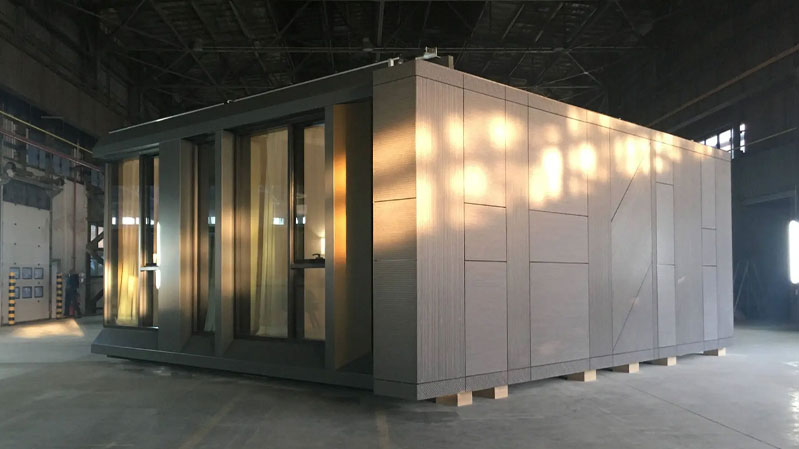
А тепер трохи порівняємо. Наприклад, за 1 рік побудується будинок за класичною монолітно-каркасною технологією, 20 поверхів, огороджуючі конструкції, фасади, покрівля, внутрішні інженерні мережі і т. д. Клієнти отримають в такому будинку квартири, зовсім без оздоблення і без можливості проживання в такій квартирі. Потім дизайн проект, або без нього, а потім самі оздоблювальні роботи, меблі і т.д. Вся ця історія затягнеться, в кращому разі, на 2 роки. Але, за той самий 1 рік, виробник будинків за модульною технологією, побудує такий самий 20-поверховий будинок, вже з оздобленням в кожній квартирі. Не потрібно буде чекати, дивитися на повільний процес оздоблення Вашої оселі. Все повністю готове! Купуєте і живете! Сьогодні час надто ущільнився, і чекати свою омріяну оселю 2-3 роки – надто дороге задоволення.
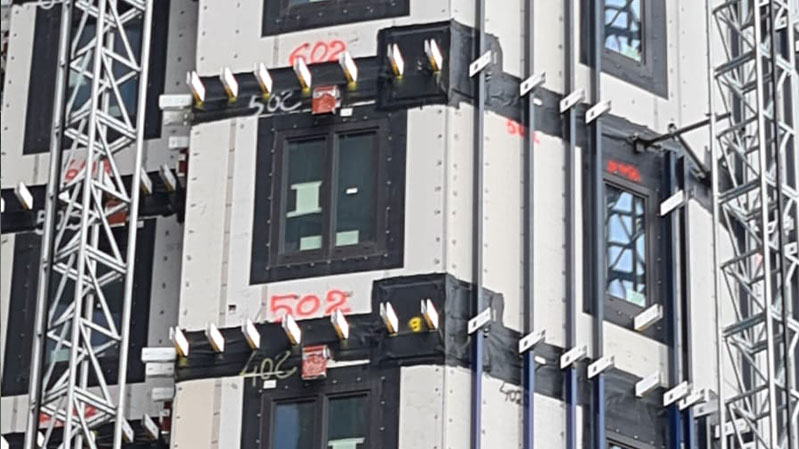
Про що це все говорить? Це говорить про те, що навіть будівельна галузь потроху переходить на конвеєрне виробництво будинків. Коли виробник зосереджує всі свої ресурси на одному виробництві і має можливість продавати будинки будь-якого розміру по всьому світу.
Кордонів вже немає! В хорошому сенсі цього виразу.
досвід інновацій
10 років досвіду у модульному будівництві
традиційна інноваційність виробництва

